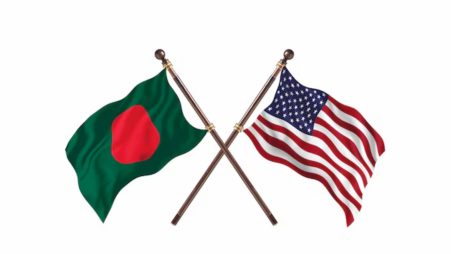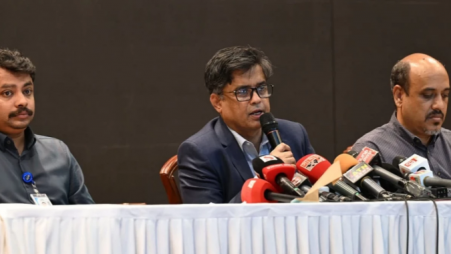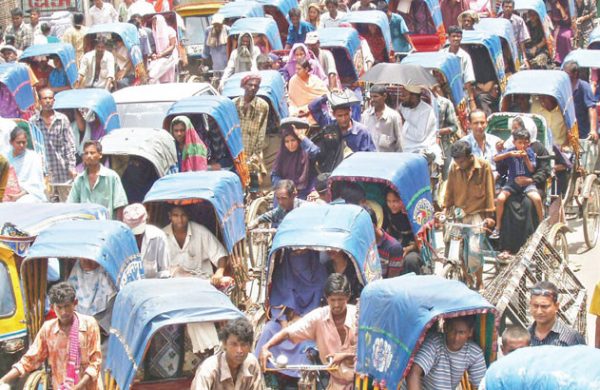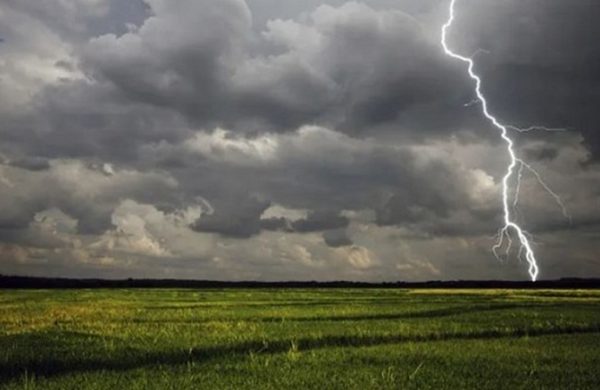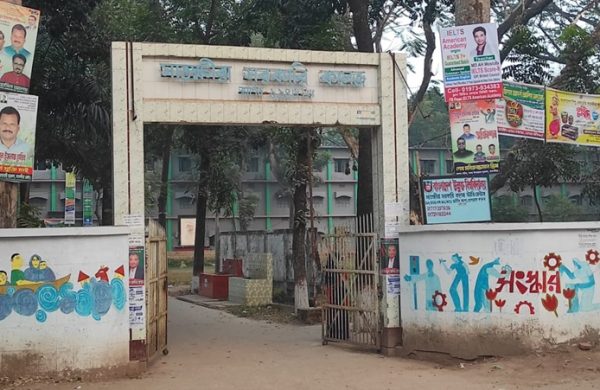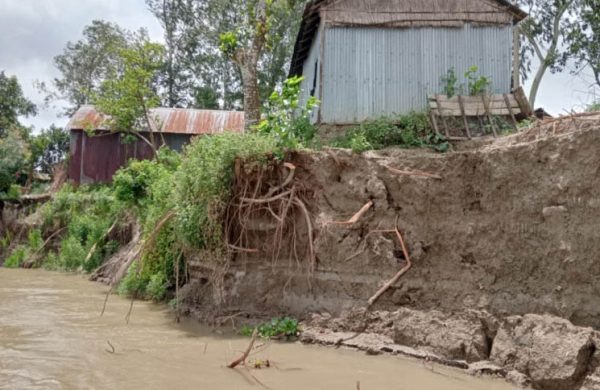Hilsa: From full nets to lighter hauls
- Update Time : Thursday, August 21, 2025

TDS Desk:
Hilsa season is usually a time of joy – for both fishermen and consumers who wait eagerly for the national fish. This year, however, despite the end of a 58-day ban, it has turned somewhat bleak. Along the southern coast, fishermen have been returning with lesser catches and bigger losses.
Shamsu Bepari, owner of the trawler FB Mayer Doa from Kalapara, has gone on five trips since the ban ended. On his last trip, he returned to the Mohipur Fish Landing Centre with only 22kg of hilsa and 30kg of other fish worth Tk 40,000, against costs of Tk 1.75 lakh.
“I’ve lost nearly Tk 8 lakh,” he said.
The trawler’s skipper, Mohammad Yunus, said they travel up to 600-700km into the deep sea, consuming a litre of fuel per 20km. “But strong winds and rough seas are forcing early returns. We’re suffering losses every time, but we’re still getting ready with nets, fuel, and ice, hoping for a better catch.”
In Bhola’s Nasir Majhi fishing village, Hossain Majhi caught only 15kg of hilsa in the Meghna last week. The trip, involving nine crew members and 40 litres of fuel, cost Tk 10,000–15,000. Hasan Majhi caught just 6kg near Hajipur and Shahidpur, where depth has dropped to 7.5 feet.
Ershad, also from Nasir Majhi village, described sailing 30km into the sea with seven others on July 6, only to return with three hilsa. “We saw massive sandbars around Gozaria Char near Monpura.”
From Chandpur to Monpura, sandbars now block channels, leaving only narrow navigable routes.
The ban ran from April 15 to June 11. But as Kalu Mia, a fisherman from Mohipur, put it: “Since the ban was lifted, barely any fisherman has returned home with a good haul.”
Patuakhali’s fisheries officer, Md Kamrul Islam, offered some hope: “We hope that once the weather improves, fishermen will be able to venture out to sea for longer and will get good hauls of hilsa. Last year, most fishermen caught good amounts of hilsa towards the end of the season [June–November].”
Officials and scientists give varying reasons for the shortage. Some, like those at the Bangladesh Fisheries Research Institute in Chandpur, blame climate change for unpredictable weather that has kept fishermen ashore since early July.
“If fishermen could reach the sea and stay longer, they would catch more,” said Md Abu Kawser Didar, a scientific officer.
According to the Bangladesh Meteorological Department, this July was 23.5 percent wetter than average, with three low-pressure systems on July 7, 14, and 24 bringing heavy rain. Barishal division recorded 878mm rainfall. Officials said the active monsoon kept fishermen ashore.
But weather is only part of the problem. Others cite poor navigability, pollution, and hostile river ecology.
“Hilsa needs some ideal conditions to migrate to the river from the sea, such as fresh water, strong currents, at least 10m depth, and a minimum river width of 500m,” said Molla Emdadullah, project director of the Hilsa Development and Management Project (HDMP).
“When the fish see there is no depth or not enough width in the river, they migrate to other rivers — those could be in Myanmar or India. They move away from Bangladesh when they face these barriers.
“Scientists are sure about one thing: if we can’t provide a suitable environment for hilsa, we will not get any.”
Barishal Fisheries Office says migration is blocked at 20 points including Meghna, Payra, Baleshwar, Bishkhali, Andharmanik, Tetulia, Sugandha, and Gozaria. Divisional officer Md Alfaz Uddin Shaikh said a proposal for dredging has been submitted.
A 2022–2025 study by Sher-e-Bangla Agricultural University found plankton levels in the Payra, Bishkhali, and Baleshwar rivers have dropped by at least 30 percent since 2020.
“Additionally, water depth has dropped drastically in many areas due to the formation of new sandbars, obstructing the natural movement of hilsa,” said Mir Mohammad Ali, assistant professor at the university.
“Deep-sea trawlers are fishing illegally near the coast, depleting hilsa. In some areas, depth is only 18–20 meters, far below the 75–80 needed for breeding.”
Asked whether the Department of Fisheries has taken any initiative apart from imposing bans, HDMP’s project director replied in the negative.
“But we’re planning to develop a project that will focus on improving the environment of the river for hilsa breeding. We’ve seen reports that fish are dying in the Meghna in Chandpur due to pollution. The concentration of pollution will reach hilsa nurseries soon if we don’t act now.”
From to 2003 to 2023. the national hilsa output rose, then fell by 42,000 tonnes in 2024.
In Barishal division, the country’s largest hilsa hub, June output fell from 21,817 tonnes in 2024 to 14,496 this year. In July, the division produced 10,876 tonnes, compared to 15,470 last year — around 30 percent less. On July 25, landings were 290 tonnes, down from 500 in previous years.
As supply has tightened, prices have surged. In Dhaka markets, small hilsa now sells for Tk 1,450–1,600/kg, medium for Tk 1,850–2,000, and large for Tk 2,600–3,200 — up from Tk 650–1,300 last year.
According to the Trading Corporation of Bangladesh, hilsa prices have risen by about 33 percent since 2023. Consumer Association data shows hilsa sold for Tk 417/kg in 2010, Tk 789 in 2019, and Tk 3,500 in 2025, as per newspaper reports.
Experts warn that without urgent steps to restore rivers, hilsa may abandon Bangladeshi waters — a blow to both livelihoods and a key part of the nation’s identity.




